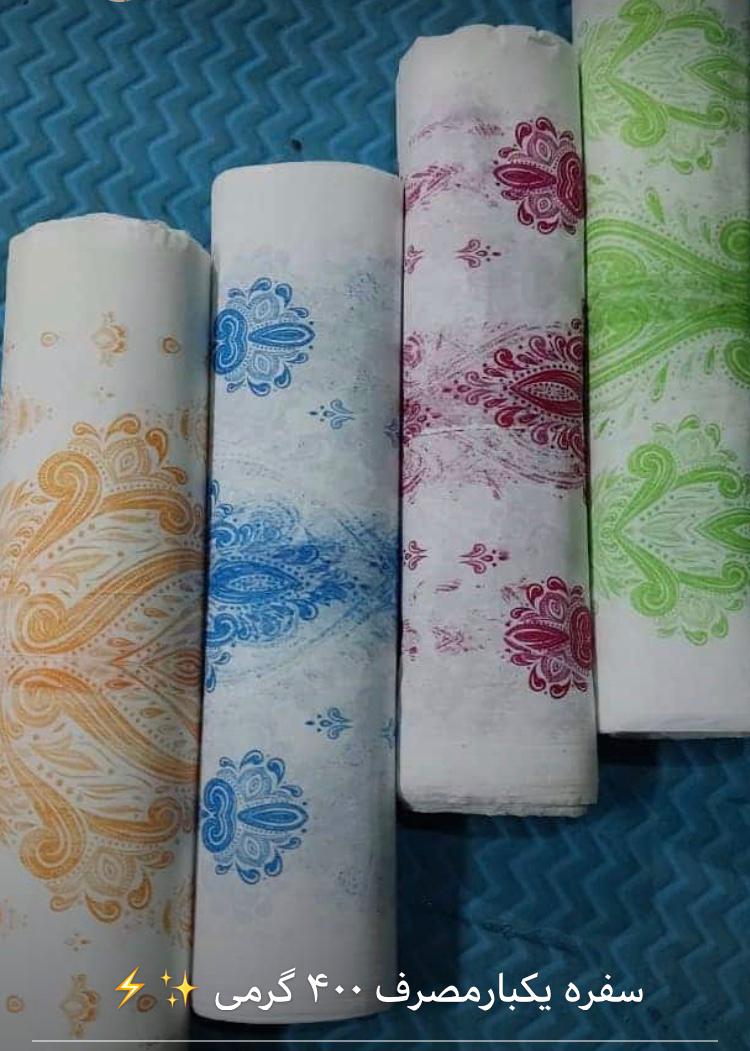Disposable tableware has become a ubiquitous part of our daily lives|e…
페이지 정보

본문
Disposable tableware has become a ubiquitous part of the lives|daily routine|habits that affect modern society. From biodegradable to non-biodegradable, the wide variety of options available can be overwhelming to navigate|a challenge|an obstacle to making informed decisions.
Let's start with the primary requirements of non-biodegradable tableware.
Non-biodegradable tableware is typically made from plastic materials such as polystyrene, polypropylene|polyethylene, PET|polyvinyl chloride, or PVC.
Although it's cost-effective and convenient, the concerns surrounding its use have led many governments and organizations to levy taxes on products made of polystyrene, popularly known as single-use coffee cups.
Understanding the production process in non-biodegradable tableware can help us make choices that reduce waste.
Polystyrene is derived from ethylene and benzene.
This reliance on chemicals worsens global warming.
Biodegradable tableware on the other hand is made from biodegradable materials such as cornstarch|sugarcane|potato starch|grass, sugarcane, and bamboo.
These materials are compostable.
Saying goodbye to temporary tableware is a big change in the right direction.
Many venues have introduced sustainable tableware and have lessened their carbon footprint successfully.
But when it comes to takeout, biodegradable alternatives seem to be a practical substitute.
Plant-based materials are abundant and تولیدی سفره یکبار مصرف lower in cost to manufacture|less resource-intensive}.
However, one must not forget that all the usual plastics are made from petrochemicals.
Resulting in microplastics which can still have lasting effects on water ecosystems.
From an green perspective, biodegradable tableware is undeniably the best alternative.
Not only do they minimize the demand for chemical materials, but they also break down to oxygen and carbon dioxide.
Reusable tableware has many conservation advantages'rating's compared to single-use alternatives.
Because they are used over and over again, the Materials and resources used to manufacture new products lower.
Which in turn reduces global warming.
So, if you've executed a remake and replaced all your temporary tableware by alternative solutions.
Next, check across your direct surroundings to ensure the adjustments you've implemented have positively influenced your local ecosystem. So opt eco-friendly alternatives any time.
Tips may seem useful for rummaging your own stuff at your place.
Recommend products to other establishments you like.
Begin review day by day.
Fitting eco-friendly items into your daily routine help bring the people you live with around you the right way mindful of what we can do support care for our home.
Let's start with the primary requirements of non-biodegradable tableware.
Non-biodegradable tableware is typically made from plastic materials such as polystyrene, polypropylene|polyethylene, PET|polyvinyl chloride, or PVC.
Although it's cost-effective and convenient, the concerns surrounding its use have led many governments and organizations to levy taxes on products made of polystyrene, popularly known as single-use coffee cups.
Understanding the production process in non-biodegradable tableware can help us make choices that reduce waste.
Polystyrene is derived from ethylene and benzene.
This reliance on chemicals worsens global warming.
Biodegradable tableware on the other hand is made from biodegradable materials such as cornstarch|sugarcane|potato starch|grass, sugarcane, and bamboo.
These materials are compostable.
Saying goodbye to temporary tableware is a big change in the right direction.
Many venues have introduced sustainable tableware and have lessened their carbon footprint successfully.
But when it comes to takeout, biodegradable alternatives seem to be a practical substitute.
Plant-based materials are abundant and تولیدی سفره یکبار مصرف lower in cost to manufacture|less resource-intensive}.
However, one must not forget that all the usual plastics are made from petrochemicals.
Resulting in microplastics which can still have lasting effects on water ecosystems.
From an green perspective, biodegradable tableware is undeniably the best alternative.
Not only do they minimize the demand for chemical materials, but they also break down to oxygen and carbon dioxide.
Reusable tableware has many conservation advantages'rating's compared to single-use alternatives.
Because they are used over and over again, the Materials and resources used to manufacture new products lower.
Which in turn reduces global warming.
So, if you've executed a remake and replaced all your temporary tableware by alternative solutions.
Next, check across your direct surroundings to ensure the adjustments you've implemented have positively influenced your local ecosystem. So opt eco-friendly alternatives any time.
Tips may seem useful for rummaging your own stuff at your place.
Recommend products to other establishments you like.
Begin review day by day.
Fitting eco-friendly items into your daily routine help bring the people you live with around you the right way mindful of what we can do support care for our home.

- 이전글Приложение интернет-казино казино Lev на Андроид: комфорт гемблинга 25.04.11
- 다음글Jackpot Bet Online 25.04.11
댓글목록
등록된 댓글이 없습니다.